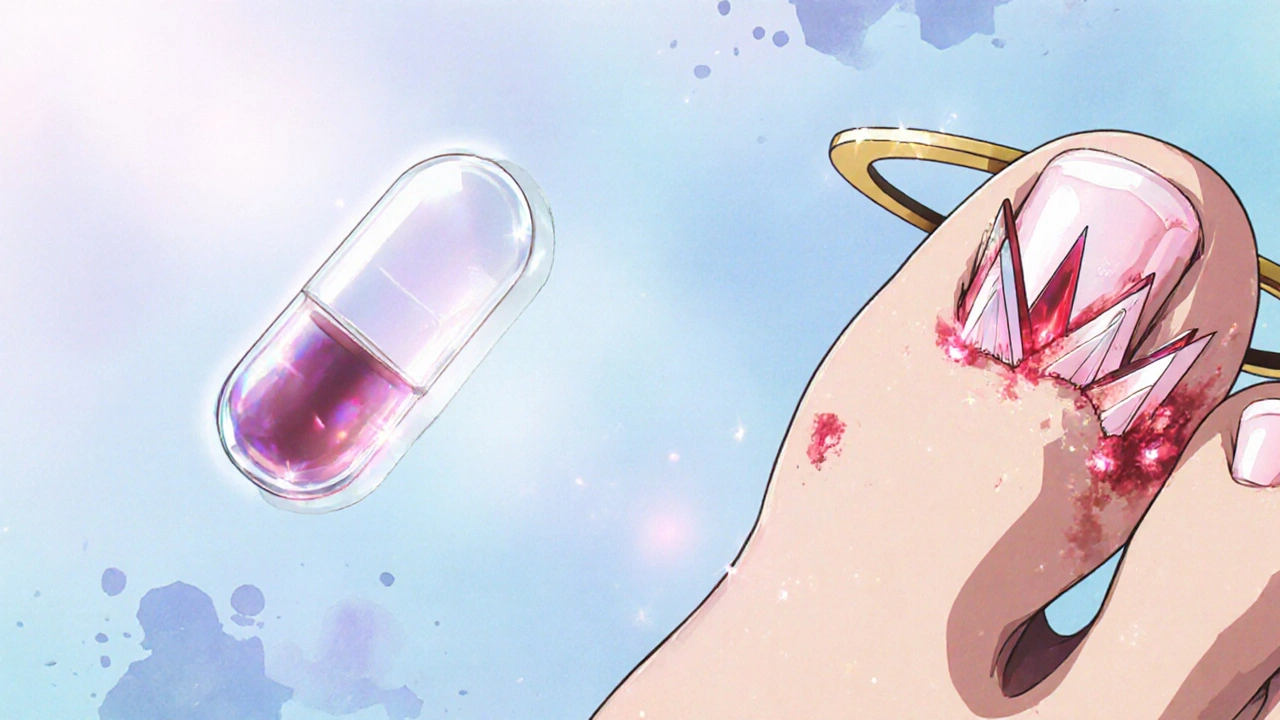Gout: Causes, Symptoms, and Treatment Options
When dealing with gout, a painful form of inflammatory arthritis caused by crystal deposits in joints. Also known as uric acid arthritis, it often strikes the big toe but can hit any joint. The condition starts when uric acid, a waste product from breaking down purines, builds up faster than the kidneys can clear it, leading to hyperuricemia. Not everyone with high uric acid gets gout, but the crystal formation triggers sudden, throbbing attacks that can last days. You might wonder why some people face frequent flare‑ups while others never notice a problem—genetics, diet, kidney function, and medication use all play a role.
Managing gout means tackling the root cause and soothing the symptoms. The cornerstone drug is allopurinol, which lowers uric acid production by inhibiting the enzyme xanthine oxidase. For an acute attack, doctors often prescribe colchicine or a short course of NSAIDs to reduce inflammation quickly. Lifestyle tweaks matter just as much as pills: cutting back on high‑purine foods like red meat, organ meats, and certain seafood can keep uric acid levels in check. Alcohol, especially beer, raises uric acid and should be limited. Staying hydrated helps the kidneys flush out excess acid, while maintaining a healthy weight reduces the strain on joints and improves metabolic balance. Some patients also benefit from uric‑lowering biologics such as febuxostat when allopurinol isn’t enough.
Key Factors in Managing Gout
Think of gout as a three‑part puzzle: diet, medication, and monitoring. First, understand that diet influences uric acid directly; foods rich in purines break down into uric acid, while low‑purine options like dairy, cherries, and coffee may actually lower risk. Second, medication adherence is critical—missing a dose of allopurinol can let uric acid rise again, prompting another flare. Finally, regular lab checks let you track serum uric acid levels and keep them below the target (usually under 6 mg/dL). Pairing these steps with simple habits—like walking after meals, limiting sugary drinks, and checking weight—creates a sustainable plan.
Below you’ll find a curated selection of articles that walk through specific drugs, compare treatment options, and give practical advice on diet and lifestyle changes. Whether you’re curious about how colchicine stacks up against NSAIDs, want a side‑by‑side look at uric‑lowering meds, or need tips on safe supplement use, the posts below cover the range of information you’ll need to take control of gout and keep those painful attacks at bay.

